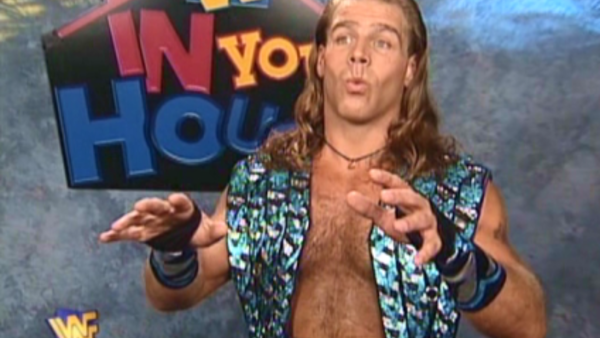The Real Reason WWE Brought Back In Your House

There's an irony to all of this. The In Your House event was at first representative of an industry in financial decline, but it eventually became a surprising saviour.
The lower-priced two hour events in 1995, 1996 and part of 1997 gave WWE's booking a monthly destination and kept the company at pace with WCW's own increasing schedule, but very few of them - like everything else at the time - drew. That was until September 1997's Ground Zero. The addition of a third hour at almost zero extra cost resulted in the company finding free money. Three hour monthlies were here for better or worse, but they were a fiscal necessity even when the creative didn't support the need for extra content.
The event, from branding to concept to execution, speaks to a time where fewer folk than ever before were financially investing in pro wrestling. But many that followed it then didn't have the disposable income they do now. WWE have been expert in recent years at exploiting more finances from a smaller audience. Greater gains from lesser numbers - they might sell less Becky Lynch t-shirts than they'd expect from one top star but a single four-figure Fiend belt will balance those books.
The same philosophy applies here. NXT TakeOver: In Your House won't suddenly drag loads of lapsed fans back to the Network, bleary eyed and fearful of what they may have to sit through. But it will directly address a growing divide between the Wednesday night show and its core audience. Much of their key demographic will be so deeply invested in the idea (and assuming the show succeeds, the delivery of it) that Triple H's bit about it being the brand you can trust may again feel as true as it once did.
And just think of the pop in your house the second you clap eyes on that stage.